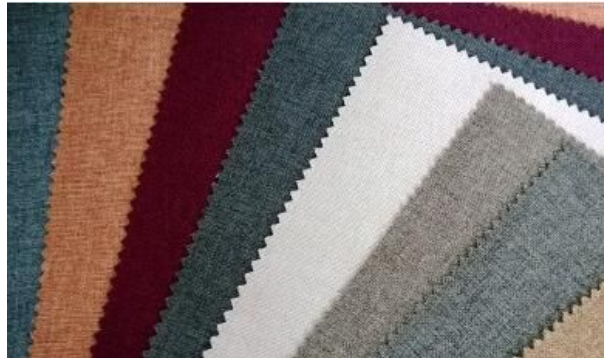[Types of linen fabrics] What are the characteristics of linen fabrics? There are three types of linen fabrics, each with its own characteristics.
(1) Ramie cloth
Ramie cloth comes in bleached, dyed, printed and other varieties. The warp and weft yarns are generally 25-count or 36-count, and are woven into gray cloth and then printed and dyed. Bleached ramie cloth is treated with a fluorescent whitening agent after bleaching, so the color is white and has a beautiful luster. Variegated ramie cloth is generally light variegated, with a complete color spectrum and bright colors. The dyes used are soluble vat dyes, which have good washability and color fastness, and can adapt to the needs of summer washing and drying. Printed ramie fabrics are mostly light-colored floral fabrics, mostly printed on a white ground, and are suitable for summer wear.

(2) Linen
Linen is a fabric woven from flax fiber. Linen for textile purposes must be soft but tough. my country’s linen products are mainly produced in the Northeast. Flax fiber has no natural curl, and the fibers are not easy to cohere with each other. Generally, wet spinning is used, and hot water is added to soften the colloid before spinning and weaving into cloth. Linen has good heat dissipation, is cool to wear, is flat and wrinkle-free, and is easy to wash, making it the most suitable fabric for summer clothing. There are two types of linen: original color linen and bleached linen: although the original color linen is not bleached, after being pickled, it feels softer and the cloth surface is smooth and clean, and can be used as inner and outer clothing, curtains, embroidered clothing, etc.; bleached linen is After bleaching treatment, the cloth surface is white and smooth, and can be used as clothing, sheets, tablecloths, curtains, etc. Unbleached and bleached linens are woven with yarn counts of different thicknesses such as 12, 19, and 21 metric count. In addition to pure linen fabrics, there are also cotton and linen interwoven fabrics that use cotton yarn as the warp yarn and linen yarn as the weft yarn. The texture is firm and smooth, and the feel is slightly softer than linen.
(3) Apocynum
Apocynum is a hemp fiber that has just begun to be used in my country. Because apocynum fiber is thinner than ramie, its single fiber strength is five to six times greater than that of cotton, and its elongation is only 3%, which is softer than other hemp fibers. It also contains higher cellulose than other hemp types, so it is an excellent textile. fiber material. Apocynum fiber can be blended with cotton, wool or silk to be woven into various blended cotton cloths, woolen fabrics and silk fabrics. Varieties blended with wool include gabardine, serge, Validin, etc.; varieties blended with cotton include serge, gabardine, linen, etc.; varieties blended with spun silk include Luojuan, etc.
(4) Hemp fiber
Cannabis, also known as hemp, hemp, hemp, belongs to the Moraceae family and is a purely natural annual herbaceous plant. It is easy to plant and grows quickly. What makes it different from other plants is that no pesticides or other chemicals are used in its growth process.




